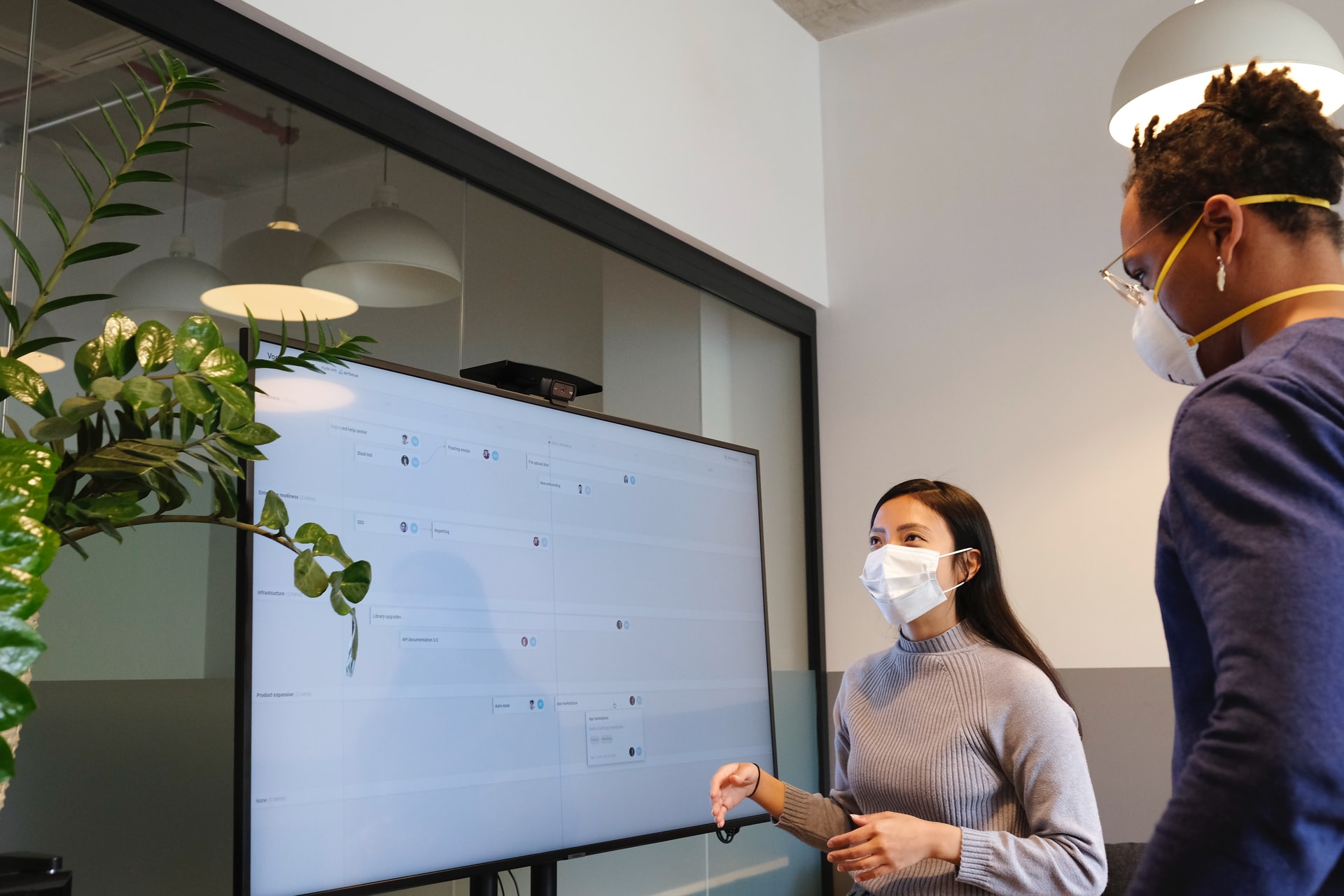The new year is the perfect time for employers to reflect on how their organisation has adapted to the recent challenges. It also offers them an opportunity to reimagine office culture, with many employers struggling to recruit and retain the best talents in recent months. According to a recent report, the tight market trends in labour will go on in 2022.
One way to win the war for attracting the best talents is to focus on company culture. Organisations wanting to succeed should rethink their employee strategies and aim for an employee-centric work environment. Below, let’s look at how office culture is progressing in 2022.
1. Awareness of Diversity and Inclusion
Several studies indicate that diverse and inclusive work environments lead to tremendous success. When you encourage a culture of inclusion in the workplace, it creates a happier and more relaxed work environment. Happy employees are the ones who are more productive and engaged since they feel valued and respected, which leads to better collaboration and creativity. Indeed, diversity and inclusion offer many benefits. However, it’s challenging to implement.
Many companies believe that they are already promoting a diverse and inclusive culture. However, only 40% of their employees agree that their leaders foster an inclusive environment. Companies need to do more than just diversity, equity, and inclusion. They must also encourage a sense of belongingness.
The company’s diversity and inclusion initiatives should align with the company values and organisational goals. Otherwise, these efforts will only go to the back burner. In one study, 41% of respondents believe their organisations have informal diversity efforts with no structure since their leaders are too busy doing something else. This is something the recruitment sector is aware of; some recruiters, such as Lightning Travel Recruitment, are even taking an active part in promoting. Remember, organisational change should start from the top. Business leaders must allocate enough time and resources for their diversity and inclusion efforts even in the middle of uncertainty.
2. Positivity is Coming Back
Employees developing a positive mindset and behaviours at work can significantly impact the entire organisation. But whether you’re the employer or employee, you can make a significant difference by being a positive presence in the workplace. Promoting positivity every day at the workplace can encourage people to always look at the brighter side of things. Besides, positivity is highly contagious! This is now part of personal development for many employees and helpful positive thinking courses are becoming common.
Seeing the positive qualities in others help bring out the positive qualities in yourself. Gratitude is beneficial in the workplace since it helps to develop trust, respect, and mutual appreciation among colleagues. Using a positive message is one of the most effective ways to promote positivity in the workplace. It means using words laced with optimism when communicating. Interacting positively and constructively can change how your listeners will receive your feedback. So, in everything, always use personal, encouraging, and empowering words when interacting.
Fostering healthy work relationships is crucial for developing a positive work environment. Look for ways to create relatedness within the organisation. Social gathering at work is one way to develop healthy relationships among co-workers, employees, and supervisors.
3. Agile Office Culture
An agile workplace is a work environment that encourages complete flexibility. In a traditional work environment, employees are glued to their work desks. However, an agile workplace encourages workers to freely move around and use whatever space is suitable for them.
Flexibility is the hallmark of every agile workplace. Designed for adaptability and speed, an agile workplace is more likely to have fluid divisions of tasks and responsibilities. It encourages open communication and collaboration, allowing people to be more proactive and accountable with their work responsibilities. An agile work culture focuses on looking for the best solutions to a problem instead of applying the same approach repeatedly.
The flexibility applies not only to how work is done but also to the work environment itself. For many years, employees have been tethered to their office desks and dealt with bulky computers and wired phones. But in today’s wireless technology, people can work anywhere in the world at any time. Instead of cramming as many employees as possible into a rigid work environment, many organisations adopt open office layouts. They have gone as far as providing different workspaces for people to work.
4. Flexible Working
A survey found that 81% of employees working from home during the pandemic either don’t want to go back to the office setup or prefer a hybrid schedule. As the world tries to go back to “business as usual”, it seems that work from home professionals is not eager to go back to the usual. They prefer that their employers adopt flexibility and maintain the new work-life balance they have come to love. Prioritising flexibility also demonstrates that employers value the health and wellbeing of their employees. Thus, for companies to recruit top performers, they should embrace a flexible workplace culture.
There might be some employees whose work nature will not apply to the new setup when implementing flexible working. Therefore, it’s important to make employees understand that the flexible work arrangement is not an entitlement. Instead, it is an evaluated process to serve the best interests of the organisation and its needs.
5. Employee Recognition
Employee recognition has always been a cornerstone of effective workplace management. Creating a culture of recognition helps employees to see their value in the company and their contributions to the organisation’s overall success. This is especially important as organisations grow or change. It helps create a sense of security in employees and motivate them to perform at their best.
Beyond a bonus or a raise, there are other ways that employers can reward deserving employees. They can give customised gifts, take them out for dinner, and do other personalised acts.
While it’s crucial to recognise major achievements, employers should not overlook the power of saying “thank you”. Writing handwritten thank you notes or using emails to promote good behaviours of employees can help instil a culture of employee recognition. These thank you notes, and shout outs do not need to come from the managers alone. Some employees will find recognition more motivating if it comes from their colleagues instead of the company leaders.














